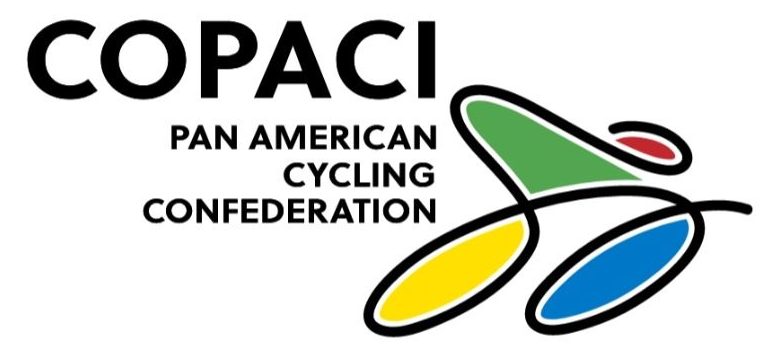Years ago, when Miguel Indurain dominated cycling, many generalist media cited the fact that his heart beat at rest at 28 beats per minute as a fact of the prodigious qualities of the Navarrese. A parameter that gives us a lot of information about the physical state of the cyclist.
Train the heart and not just the legs
Despite the fact that power training dominates the current paradigm, we are still seeing how professional cyclists continue to use the heart rate monitor strap to control their heart rate. Beyond the fact that heart rate training can still continue to be a valid tool when it comes to regulating intensity and determining the different training zones in amateur cyclists, heart rate and parameters such as its variability or resting frequency provide the coach with certain information about how the cyclist assimilates training loads.
Resting heart rate is defined as the number of heart beats per minute when we are resting. A data that is usually measured as soon as we wake up while we remain lying in bed. Currently, with the increase in precision of bracelets and activity monitors, it is possible to obtain more precise data by knowing how far our heart rate drops during sleep.
A value that, in the general population, varies between 60 and 100 beats per minute, considering, at the medical level, a higher value as tachycardia and a lower value as brachycardia. In both cases, a medical evaluation is required to rule out the existence of any associated anomaly.
In the case of endurance sports, such as cycling, brachycardia is perfectly normal, associated with the adaptations of the cardiovascular system itself to physical activity. Let’s not forget that, after all, the heart is a muscle and, as such, it develops with physical activity to be more efficient. In the case of the cyclist, it is common to increase in size and strength to be able to drive more blood with each beat. An increase in size that is associated with a decrease in the frequency of his heartbeat.
It is not uncommon, in trained cyclists, to observe figures that oscillate between 30 and 50 beats per minute. In any case, it is advisable, together with the usual stress tests, which we should carry out annually to guarantee the health of our heart, to accompany, in the opinion of the doctor, an echocardiogram with which it can be assessed if the increase in the size of the heart is as a response to the body’s adaptation to sport or is it something pathological.
As you can imagine, a lower resting heart rate is usually indicative of good cardiovascular adaptation, that is, as we increase our level of fitness, the heart rate tends to decrease. However, it is not a stable parameter, but also varies due to other circumstances, which can give us clues about certain aspects of training if we keep a daily check on this parameter.
When the heart rate increases from one day to the next, you have to pay attention. It is common for it to increase after having carried out high-intensity training the previous day, as a sign that the body has not yet recovered from the effort made. Also if the sleep pattern is not adequate, that is, we are not resting enough, we will observe the same effect.
If the training loads have been adequate, it is something that should only last a couple of days, but if the frequency at rest continues without dropping, it may be a sign that we have gone too far with the applied load.
It is also possible to observe an increase in heart rate at rest without being associated with an increase in training load when we are sick or about to fall ill, so we should take this into account when planning the following sessions to give the body extra rest and allow you to recover.
Of course, at the end of the season, when we decrease our training, according to the training reversibility principle, our physiological parameters will also regress, including the resting heart rate, which will reflect an increase as we lose fitness.
That is why activity monitors such as the Oura ring or Whoops bracelets have become an essential tool for coaches that allow the daily activity of the cyclist to be monitored in a simple and constant way without depending on the cyclist, as was done in the past. Check and write down your resting heart rate every morning when you wake up.
Source: Sergio P, www.brujulabike.com

